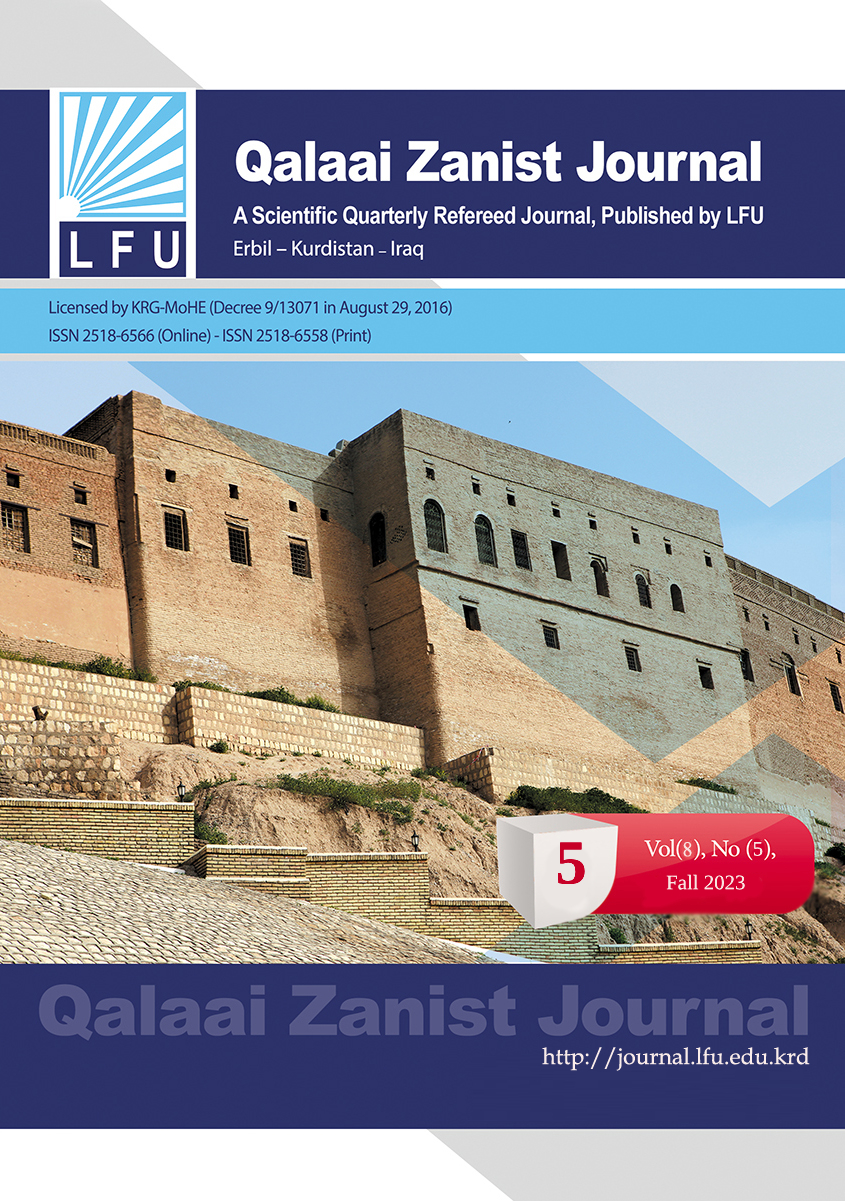Association of MAOA Gene Polymorphisms with aggressive behaviors of some prisoners in Erbil city / Kurdistan region, Iraq
##plugins.themes.bootstrap3.article.main##
Abstract
Molecular genetic studies of personality traits have made use of continuous genomic information, but the molecular mechanism for developmental change and stability of personality has not been fully investigated. The human monoamine oxidase A (MAOA) gene has been suggested as a possible contributor to aggressive behaviors. The purpose of this study was to discover a single nucleotide polymorphism (SNP) in the MAOA gene that is linked to aggressive behavior and beyond with a history of criminal behavior and antisocial attitudes. A total of 35 samples were obtained from people who have history of crimes participated in this study and the blood DNA was extracted according to the manufacturer's instructions. The software (https://eurofinsgenomics.eu/en/dna-rna-oligonucleotides/oligo-tools/primer-design-tools/) was used for designing primers to amplify exon 7 and exon 8. The SNP was analyzed by performing a Gradient PCR. The PCR products are sequenced then using and Mega 6 for multiple sequence alignment and analysis. The serum samples were analyzed using an ELISA kit to check the level of dopamine. Of the total of 35 criminal participants, there were only two MAOA gene variants identified, the first one was in exon 7 of the MAOA gene (rs1181634890) and the second was in exon 8 containing (rs6323) variants, %96.6 of participants had (rs6323) variants. Raised dopamine serum levels, in both variants, were reported. Our data confirmed a possible role for MAOA gene variants in the progression from aggressiveness to criminal behavior.
Downloads
##plugins.themes.bootstrap3.article.details##
How to Cite

This work is licensed under a Creative Commons Attribution 4.0 International License.





